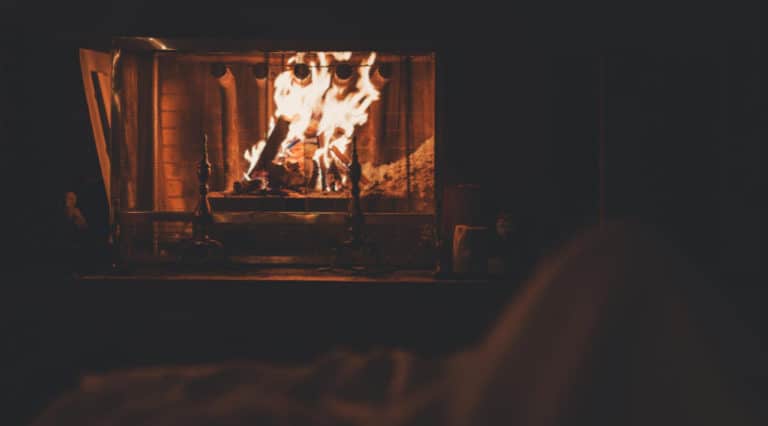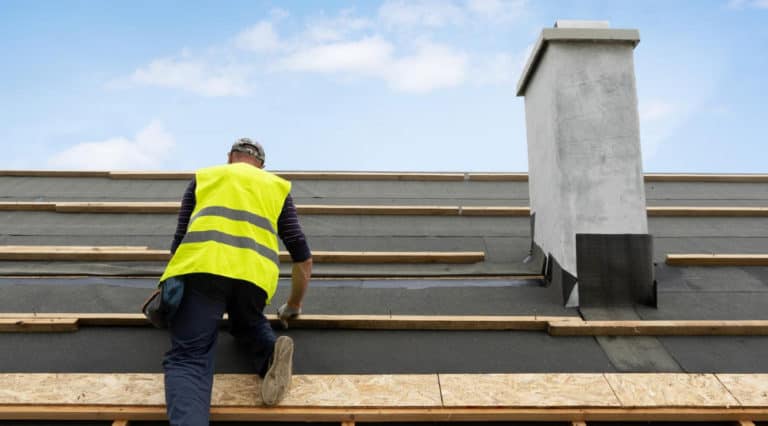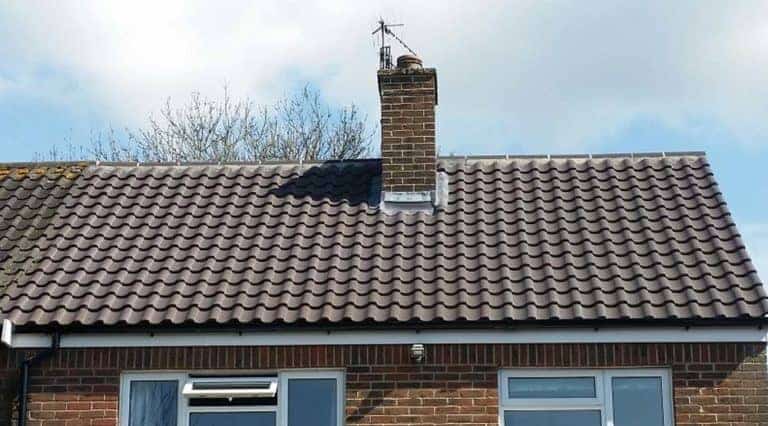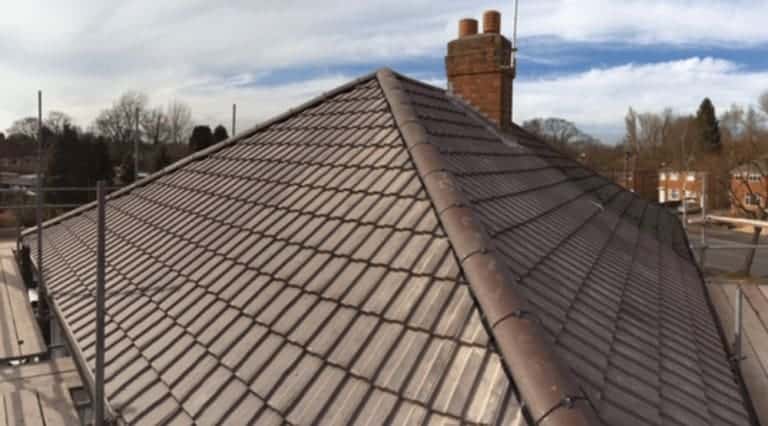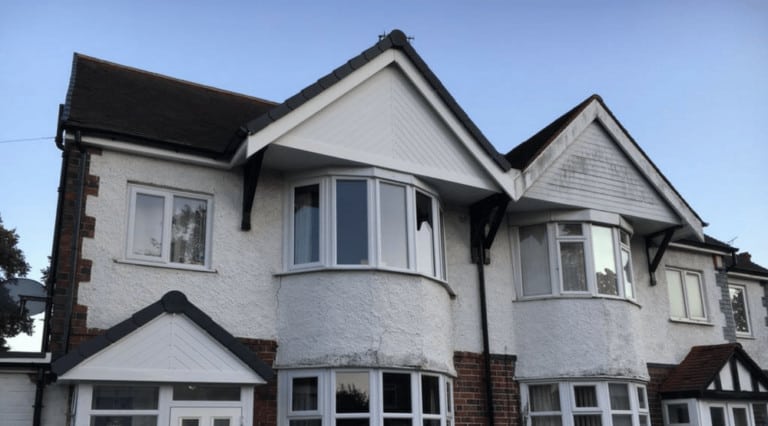Find My Local Expert Why is smoke coming down the...
Read More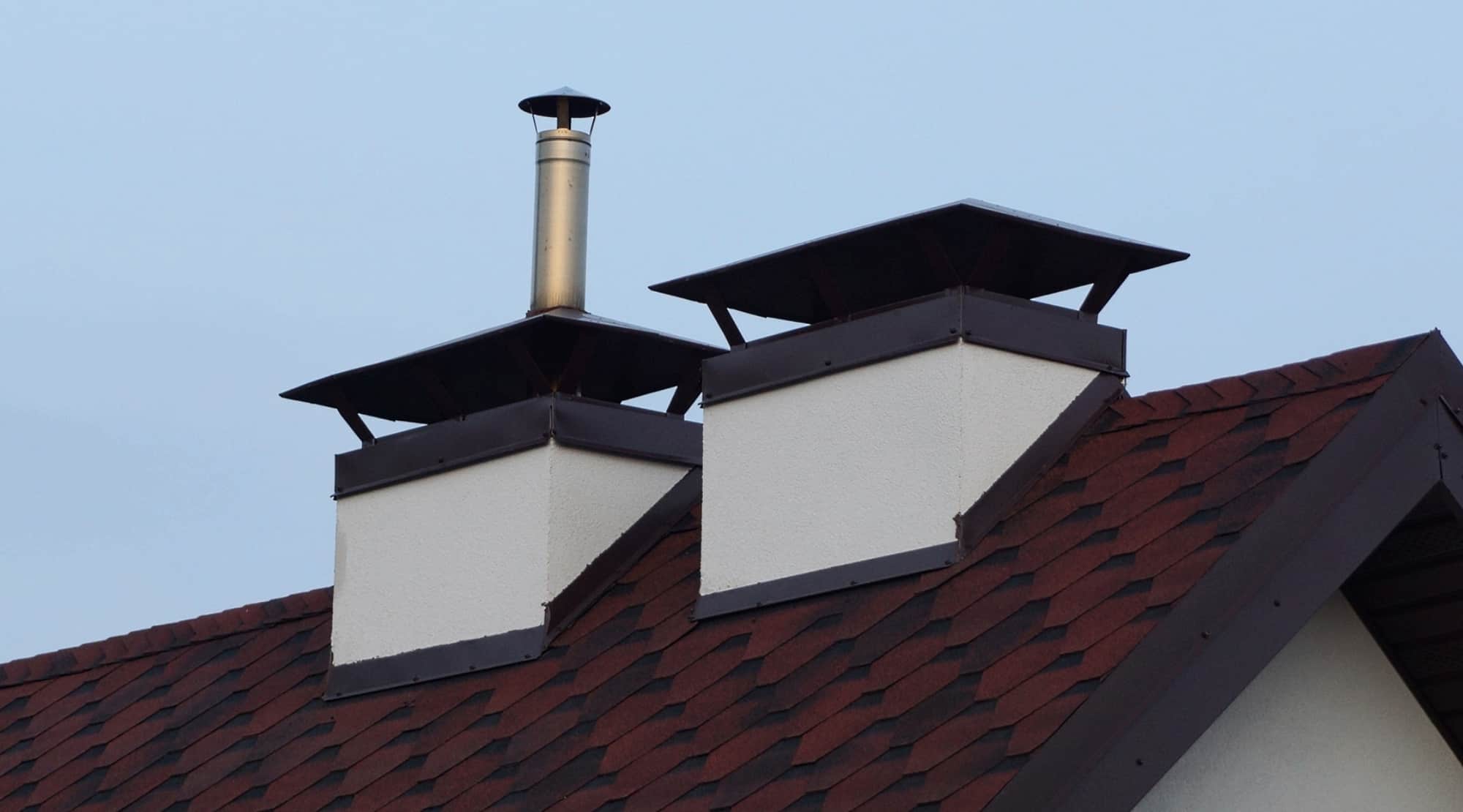
What Every Homeowner Needs to Know About Chimney Capping
If you have an unused chimney in your home, it’s important to consider capping it off to prevent heat loss and moisture build-up. Not only can these issues be costly to fix down the line, but they can also pose safety concerns. With an uncapped chimney, weather damage can occur, causing damage to the interior of your home. Additionally, chimney fires can also result from debris or animals making their way down the flue. One effective solution to these problems is to cap off the chimney, preventing any outside elements from entering. By capping the chimney, you can save yourself from potentially expensive and dangerous situations. Let’s explore the importance of chimney caps and the steps to properly cap off an unused chimney.
Chimneys Should Be Capped.
Have you ever thought about capping off your chimney? Well, it’s definitely worth considering. Not only will it prevent mishaps, but it can also save you money in the long run.
One of the main reasons to cap a chimney is to prevent animals from entering your home. Many animals, like birds or squirrels, see uncapped chimneys as an invitation to come in and make a nest. This not only creates a mess but also can be a potential hazard.
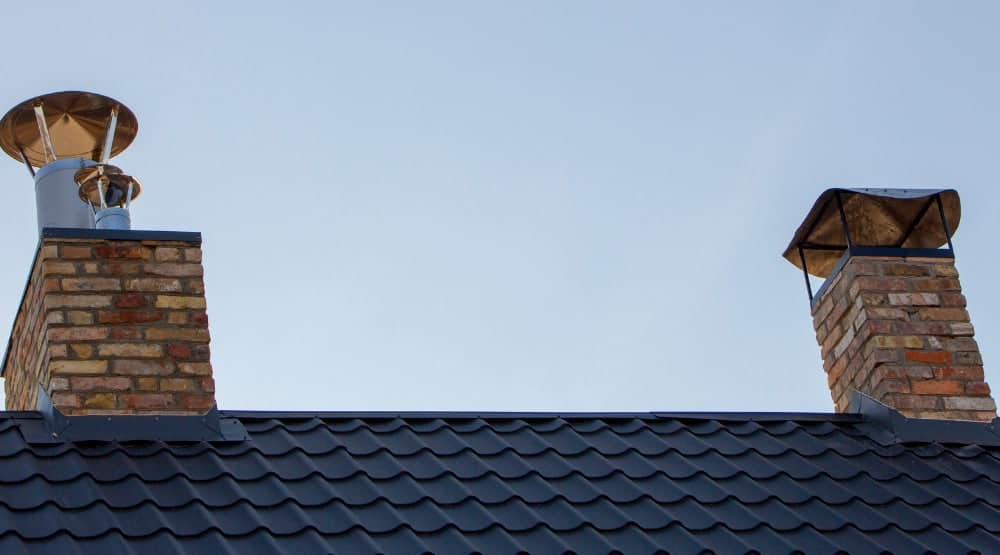
Keeping moisture out is another significant benefit of a chimney cap. An uncapped chimney can lead to moisture building up, which can cause damage to your chimney’s interior and exterior. This can result in costly repairs or even replacement.
Protecting your roof from burning embers is also another crucial factor why capping a chimney is necessary. If your chimney is uncapped, those embers can easily fly out and potentially start a fire on your roof or nearby structures.
Failure to cap a chimney can also lead to heat loss. Warm air from your home escapes through an uncapped chimney stack rather than heating your home, meaning higher energy bills to keep your house warm.
How to Cap a Chimney Instructions
Capping off an unused chimney is essential to prevent moisture build-up, heat loss, and weather damage. Here is a step-by-step guide on capping a chimney:
1. Determine whether you have a single-flue or multiple-flue chimney.
2. Choose the right type of cap based on your budget, durability, and aesthetic value.
3. Purchase the necessary materials, including the cap, self-tapping screws, masonry drill bit, and galvanized steel.
4. Set up a ladder safely and securely, ensuring you have someone else to hold the ladder at the base.
5. Install the cap on top of the chimney by securing the screws.
6. For multiple-flue chimneys, install a separate cap over each flue.
If you lack the necessary experience or feel uncomfortable with heights, we recommend seeking professional services. Another option is installing a Chimney C Cap, which is an efficient, affordable, and easy-to-install method. This cap covers your entire chimney, providing full protection while eliminating the need for individual flue caps. If you choose to install a Chimney C Cap, follow the manufacturer’s instructions carefully. Remember, always prioritize safety when dealing with chimneys.
Consider Hiring a Professional
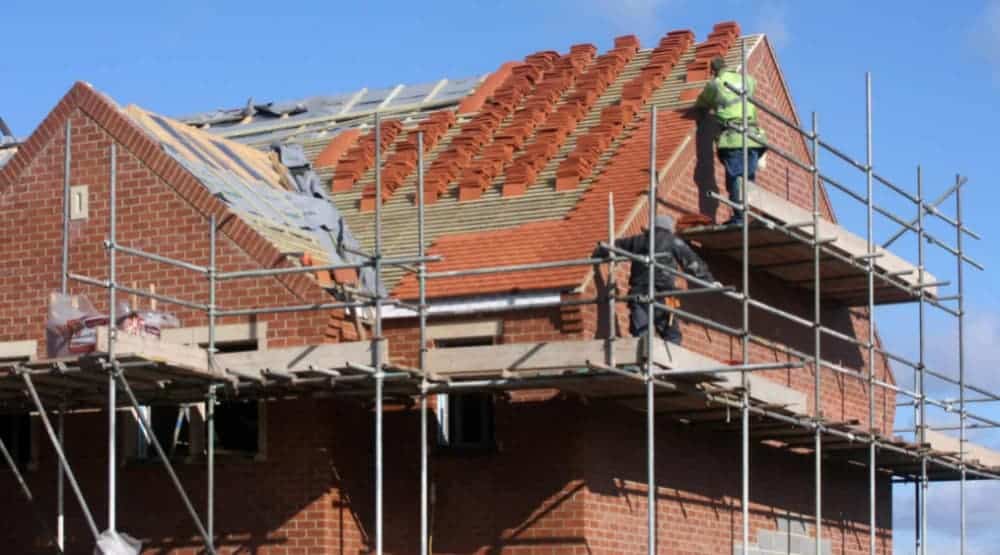
When it comes to capping your chimney, it’s best to hire a professional to get the job done correctly. But how do you find and hire the right person for the job? Here are some tips.
Firstly, it’s important to do your research. Look for professionals that specialize in chimney cap installation and have good reviews from previous clients. Avoid rogue traders who may not have the necessary experience or qualifications to cap your chimney correctly.
It’s also a good idea to ask for recommendations from friends, family, and neighbors. They may have hired a professional for a similar job and can recommend someone trustworthy and reliable. We may have someone near you!
When searching for a professional, make sure they offer a free consultation and estimate beforehand. This way, you can get an idea of the cost and decide if it fits within your budget.
If you have multiple neighbors who also need their chimneys capped, consider clubbing together for a bulk job. This can potentially save you all money in the long run.
Frequently Asked Questions
When it comes to capping off a chimney, it’s common to have some questions and misconceptions. That’s why we’ve put together this Frequently Asked Questions section to help you better understand chimney caps and chimney cowls.
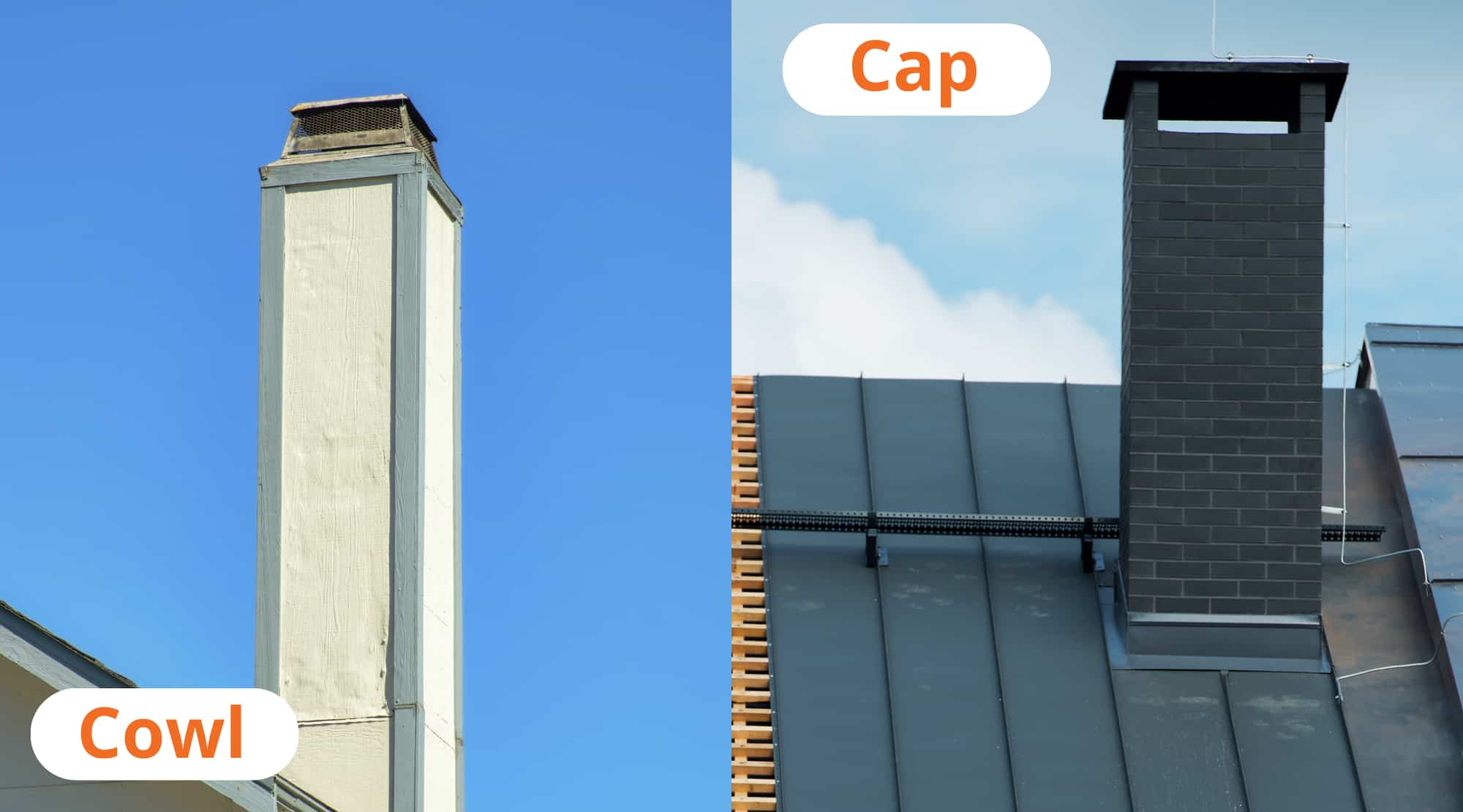
Firstly, let’s clarify the difference between a chimney cap and a chimney cowl. A chimney cap, as the name implies, caps off the top of the chimney to prevent rain and debris from entering. On the other hand, a chimney cowl attaches to the chimney and helps regulate airflow to prevent downdraught and moisture buildup.
Some of the most frequently asked questions about chimney caps and cowls include:
Q: Are chimney caps or cowls only necessary for active chimneys?
A: No, even if your chimney is disused, it’s still important to cap it off to prevent moisture buildup and airflow issues.
Q: Will a chimney cap or cowl reduce heat loss?
A: Yes, a properly installed chimney cap or cowl can help regulate airflow and improve efficiency by reducing heat loss.
Q: Can I install a chimney cap or cowl myself?
A: It’s best to hire a professional for a proper installation, especially if you’re not experienced with working on rooftops.
By understanding the benefits and differences between chimney caps and cowls, you can make an informed decision and ensure efficient and safe usage for your chimney.
Are Chimney Caps Safe?
Chimney caps provide many benefits, including preventing moisture buildup and keeping debris out of your chimney. But are they safe? The answer is yes, as long as they’re installed properly. However, there are potential risks associated with chimney caps. For example, if a cap is not installed correctly, it could fall off and cause damage. Additionally, if a cap is clogged with debris, it can lead to a buildup of harmful gases like carbon monoxide.
Proper maintenance is essential to keep your chimney cap functioning safely. It’s important to inspect your cap regularly and address any obstructions that may arise, such as bird nests or leaves. You can do this by using a chimney brush or hiring a professional chimney sweep.
The lifespan of a chimney cap varies depending on several factors, such as the climate in your area and the material of the cap. It’s important to choose a material that’s appropriate for your specific chimney, such as galvanized steel for coastal areas with high salt content in the air.
Is a Chimney Cap Necessary?
If you have a disused chimney, it is essential to install a chimney cap as a preventive measure for animals and to avoid moisture build-up. Chimney caps act as a barrier, keeping critters out while allowing proper ventilation to take place. Ventilation is still necessary despite a cap because poor air quality from fuel-burning appliances can cause health and safety risks. Obstructing an active chimney with a cap can also be hazardous, leading to carbon monoxide buildup or trapping heat that can damage the structure. It’s important to understand the type of cap necessary for the specific chimney you want to cover. Regular maintenance is also critical to ensure the cap is free from obstructions for efficiency and safety reasons. In short, chimney caps are necessary to prevent issues such as moisture buildup and keep animals out, but they must be installed and maintained correctly to avoid potential hazards.
Can it stop the rain from coming in?
Yes, a chimney cap can stop rain from entering your chimney. The primary function of a chimney cap is to prevent moisture from building up inside your chimney, which can cause all sorts of issues such as mold growth, rust, and even chimney fires.
Moisture build-up is one of the most significant concerns with an uncapped chimney, and it can occur when there is inadequate ventilation. The lack of proper ventilation can lead to stagnant air, which can cause moisture to accumulate inside your chimney. Thus, ensuring that your chimney has the correct ventilation is crucial in preventing moisture build-up.
In addition to preventing moisture build-up, a chimney cap also helps control the embers of a fire. It can keep out debris, birds, and other wildlife from entering your chimney. Moreover, it can help reduce heat loss, thus improving your chimney’s energy efficiency.
Please note that while a chimney cap is not necessary for a chimney to work, it can be beneficial in certain situations. For example, if you have an unused chimney, a chimney cap can prevent rain and debris from entering while still allowing proper ventilation. So, it is vital to consider the specific benefits for your chimney’s condition before investing in a chimney cap.
Can I remove it?
Are you considering removing your chimney cap to improve your chimney’s airflow? While it’s possible to remove a chimney cap, it’s essential to consider the benefits before doing so. Chimney caps help prevent moisture buildup, control embers, and reduce heat loss. Removing your chimney cap may result in costly repairs due to damage from weather, debris, and animals.
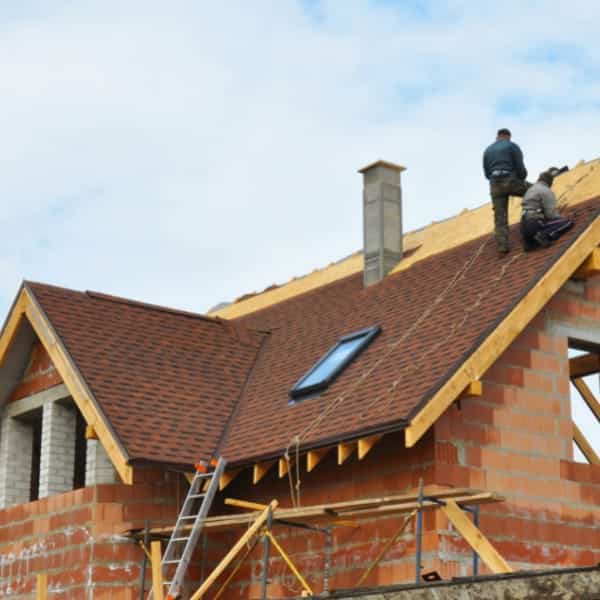
If you decide to remove your chimney cap, you may want to consider a removable chimney cap that you can reattach as needed. When choosing a chimney cap, you have several material options, including galvanized steel, copper, and stainless steel, each with different supply costs.
Aesthetic considerations should also be a factor in your decision. You want to choose a cap that complements the look of your home and chimney. There are many different styles, from circular and rectangular flues to bespoke chimney caps, C-Cap chimney caps, and chimney capper styles.
Hire a Roofing Professional
In conclusion, capping your chimney is a vital step in preventing moisture build-up, weather damage, and improving energy efficiency. By selecting a suitable cap, you can also enhance the aesthetic appeal of your home.
An uncapped or improperly capped chimney can lead to a variety of issues, including heat loss, chimney fires and even moisture damage. Capping your chimney will help prevent these issues, saving you money in the long run.
While installing a chimney cap may seem like a simple DIY project, it’s important to have the right knowledge and tools. Therefore, we recommend that you consider hiring a professional service to ensure that the job is done correctly.
You May Also Like...
When Does a Chimney need Repointing?
Find My Local Expert When Does a Chimney Need Repointing?...
Read MoreSigns Your Chimney Needs Repointing or Capping
Find My Local Expert Signs Your Home Needs Chimney Repointing...
Read MoreShould I Remove My Chimney?
Find My Local Expert Should I Remove My Chimney? Most...
Read MoreGuttering, Fascia and Soffit Repair and Replacement
Find My Local Expert Guttering, Fascia and Soffit Repair and...
Read MoreGet a quote from our recommended professional!
My Trusted Expert Guarantee
Experts Have Been Vetted & Approved
